Anreppen
Q2179584Anreppen: site of a Roman military base on the banks of the river Lippe.
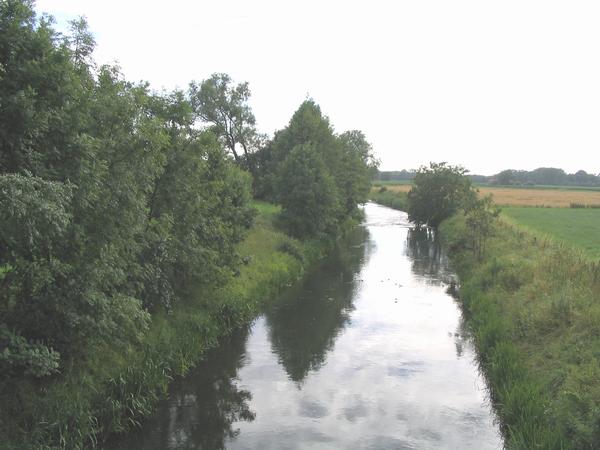
After 15 BCE, the Roman general Drusus started the conquest of the country on the east bank of the Rhine. The most important part was the fertile valley of the Lippe, the country of the Sugambri. By 9, he had pacified the area, and after some additional campaigns and the passing of some time, the emperor Augustus decided that Germania had to become a normal, tax-paying province.In 4 CE, general Tiberius was sent to the north; he led the army of Germania Inferior to the sources of the Lippe,note where a camp was built at Anreppen.
The site measured 750 x 330 meters (23 hectares) and was therefore a bit larger than the contemporary legionary base at Haltern (19 hectares). Excavations are still going on, but it is already known from dendrochronological evidence that Anreppen was occupied in the first decade of the first century, and was evacuated when the Roman governor, Publius Quinctilius Varus, was defeated in the Teutoburg Forest (in 9).
The principia or HQs have been identified. They once measured 71x47 meters, which is large. The building had the shape of a Roman villa and it seems that the Romans wanted to have every possible comfort. They were to stay in Anreppen.
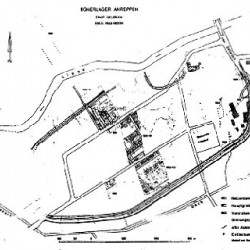 Anreppen, Map |
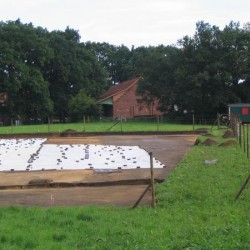 Anreppen, Excavation of the east gate |
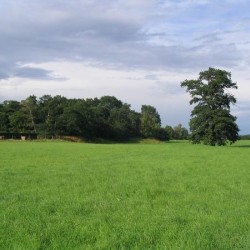 Anreppen, Site of the southeast wall |
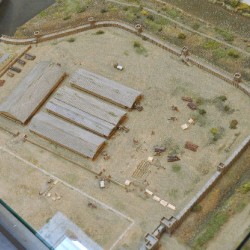 Anreppen, Model of the eastern part of the camp |
Smaller houses were built for the officers. The photo to the left shows the line of the southeastern wall and ditch. If you don't see anything, there's nothing wrong with your eyes, because nothing is visible. It is still buried and safe from destruction, until archaeologists will decide to excavate a bit more.
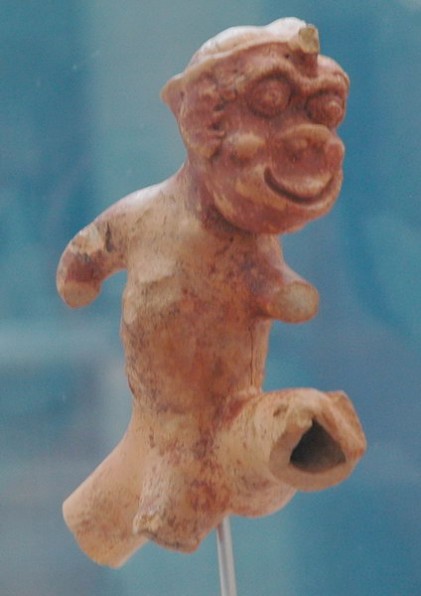
Among the objects found at Anreppen belongs a famous, small terracotta statuette, which was probably produced at Haltern and is now at the Westfälisches Römermuseum, also in Haltern. It it a caricature of a legionary soldier.
Beyond Anreppen
The Roman road continued from Anreppen to the east, in the direction of modern Paderborn. Anreppen can, therefore, not have been the most easterly of the Roman possessions in the Lippe valley. The missing fort may have been at Paderborn, which was well-suited for a larger settlement. Charlemagne chose the site as a residence.
Yet, Minden (where a Roman settlement has been found near (Barkhausen) and Hameln are also candidates, because they are situated on the banks of the river Weser, and we know that a Roman supply base was upstream at Hedemünden.
This matter is discussed in more detail over here.